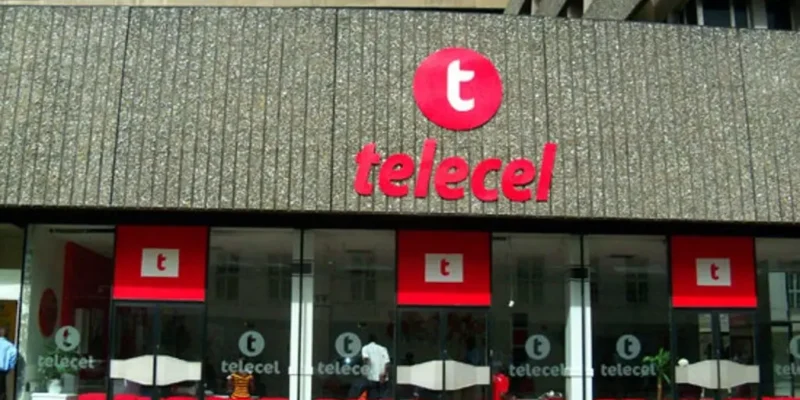Telecel Zimbabwe, a mobile network that has defied the odds and keeps standing since its biggest corporate assault by then ICT minister Supa Mandiwanzira has once again shocked us by actually recording a subscriber base increase within the last quarter. In the fourth quarter of 2024, Telecel, one of the three major mobile network operators (MNOs) in Zimbabwe, saw a marginal increase in its subscriber base. The company’s active subscriptions grew by 0.88%, from 377,790 in Q3 2024 to 381,097 in Q4 2024.
By Gamuchirai Mapako
The third biggest mobile network in Zimbabwe has been on auto pilot since surviving the vulture snap up, embroiled in shareholder disputes for years and calculated government takeover, the once priced asset dropped its value from the second biggest and fastest growing mobile network to nothing, after Mandiwanzira clandestinely bought its shares on behalf of government using POTRAZ, NSSA and Zarnet as front players, scaring off shareholders and investor confidence. Telecel experienced a marginal decline in its market share during the fourth quarter of 2024.
The company’s market share dipped by 0.07 percentage points, from 2.50% to 2.43%.
According to the latest sector performance report released by the Postal and Telecommunications Regulatory Authority of Zimbabwe (POTRAZ), active mobile subscriptions across all operators grew by 3.71%, reaching 15,677,094. This growth pushed the mobile penetration rate to 102.26%, up from 98.60% in the previous quarter.
Amidst trying to stay afloat, the mobile network has limited network investment which could explain its delayed growth. To date they been on a free fall without any capital expenditure and shareholder investments, Telecel Zimbabwe saw millions of subscribers dumping the network from the early days of the then ICT Minister announcing that they have closed and banned the network , taking away its licence. Hence, the company’s infrastructure expansion lags behind its competitors, potentially affecting service quality and customer retention.
The POTRAZ report reveals a significant 24.13% increase in mobile internet/data traffic, reaching 97.19 Petabytes (PB) and despite its current situation, Telecel also contributed to this growth, with its data traffic rising by 0.42%, from 275,698,679 MB to 276,849,792 MB.
Telecel’s share of the data traffic market also marginally declined, dropping from 0.35% to 0.28%. This suggests that while Zimbabweans are consuming more data than ever, Telecel is unable to capture a meaningful portion of this demand.
In the voice segment, Telecel’s total traffic stood at 1,669,888 minutes, although nominal but however impressive.
By boosting investment, introducing competitive data and voice bundles tailored to low-income and rural users could help regain lost ground and collaborating with fintech and content providers could make its offerings more appealing. Increasing spending on 4g and 5g infrastructure, the mobile network could also enhance service quality and attract high-value customers and make one of the greatest come back in the history of telecommunications in Zimbabwe.













Comments